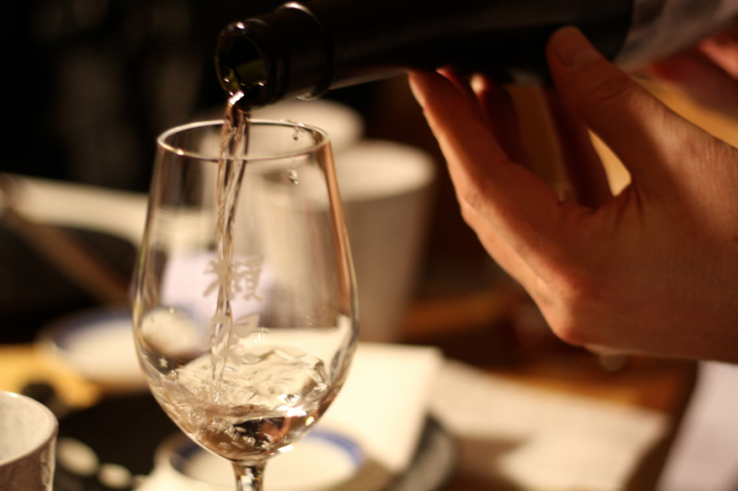Sommelier Talk: Episode 6 – Comparing the Acidity in Sake & Wine
Continuing with my Sake and Wine comparison, let’s focus on 1.) types of acids, and 2.) alcohol levels. These components vary greatly, and understanding this will help to explain food pairing basics and to better select complimentary seasonings and sauces.
Let’s first take a look at acids – the types of acids, and their concentration levels within the beverages. Red and white wines contain five times the acid than that in sake, notably the tart tasting tartaric acid. Sake contains none. Wines also contain the sour tasting acid ( vinegar ), at a level eight times greater than found in sake. As such, wines are innately sour, and require care in food parings to highlight the “cleansing” benefits.
Sake on the other hand is characterized by a different kind of acid, succinic acid, the same acid that imparts the Umami flavor contained in seafoods. With four times the succinic acid than found in wines, sake’s positioning as the overall pairing champion to a wide variety of seafoods can be explained, including raw oysters which most white wines are poor accompaniments to. Interestingly, when sake is warmed, that Umami flavor trapped within the succinic and lactic acid molecules blossoms to further enhance the Umami experience. By the way, the acids contained in wine, tartaric, citric, malic and acetic, taste best when chilled. This explains why wines are generally served chilled or room temperature at best, while sake can be enjoyed at a variety of temperatures, from chilled to warmed.
Now, let’s take a look at acidity differences between Sake and Wine. Continuing with the seafood analogy, in Western cuisine, olive oil is often used to suppress fishy smells in seafoods. A white wine is an excellent choice as it’s rather high in acidity which functions as the ideal palate cleanser. Sake, on the other hand lacks that acid concentration to neutralize oils as efficiently as wine. To compensate though, sake is brewed at two to three percent higher in alcohol concentration, usually around 15%. The higher alcohol content in sake helps to dissipate oils to render a clean finish. A sake low in acid and low in alcohol would simply be unbalanced, tasting dull and sweet. A great sake is one that’s brewed, achieving that perfect balance of acidity and alcohol.


